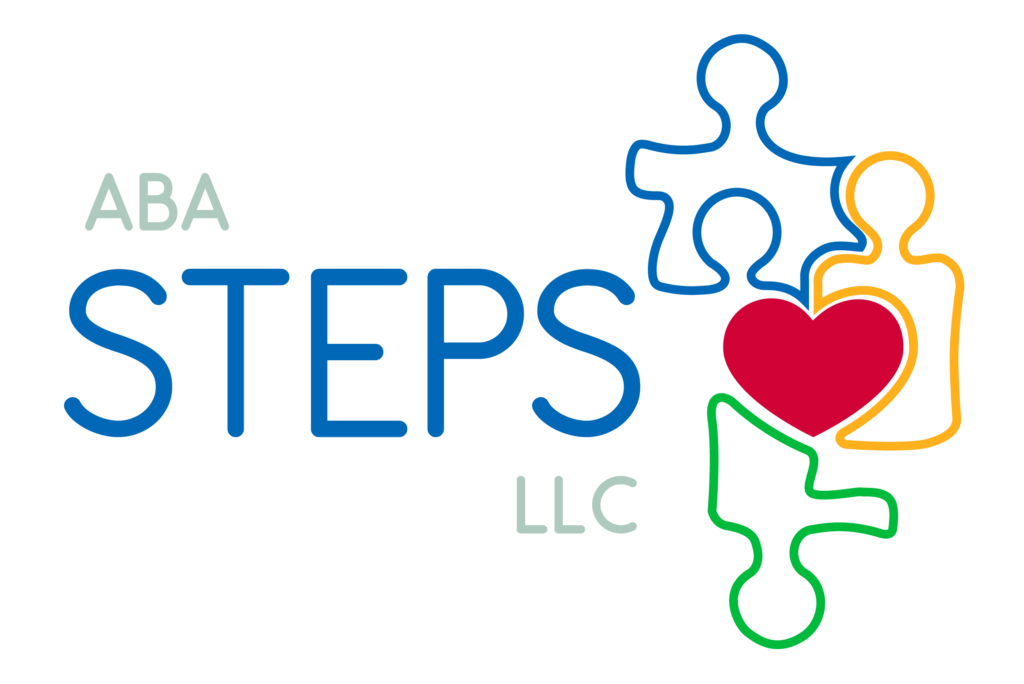The Vital Role of Family in Autism Therapy
When it comes to autism therapy, one of the most important factors in achieving positive outcomes is family involvement. The effects of autism spectrum disorder (ASD) can be profound, impacting various aspects of a child’s development, from social interaction to communication and behavior. While therapy is essential for helping individuals with autism manage these challenges, the support provided by family members plays an equally significant role in enhancing therapy outcomes. In this article, we will explore how family involvement is a key factor in improving autism therapy results and why it should be considered an integral part of the therapeutic process.
The Importance of Family-Centered Approaches in Autism Therapy
Research consistently highlights that family-centered therapy approaches are the most effective when treating autism. Unlike traditional models where the child is the sole focus, family-centered therapy involves the parents and other family members in the treatment process. This collaboration is crucial because family members are the primary caregivers and can offer valuable insights into the child’s behaviors, preferences, and progress. By actively engaging in the therapeutic process, families help create a more supportive environment for the child, both at home and in community settings.
Building Stronger Parent-Child Bonds Through Therapy
Incorporating family into autism therapy strengthens the parent-child bond. For many children with autism, forming connections with others can be difficult. However, when parents are actively involved in therapy, they can learn strategies to enhance their child’s social and emotional development. This leads to more effective communication and a deeper emotional connection between parent and child. As a result, children feel more secure, and this security positively influences their overall development.
Improved Consistency and Reinforcement of Learning
One of the primary benefits of involving the family in autism therapy is the increased consistency and reinforcement of learned skills. Autism therapy often requires repetitive practice of new skills to ensure they are retained. When family members participate in therapy sessions, they are trained to use the same techniques and strategies that the therapists use. This creates a consistent approach across different environments – whether at home, in school, or in social settings – which helps reinforce the child’s learning. Consistency is key for children with autism, as it allows them to process information more effectively and build on their skills in various contexts.
Better Communication and Collaboration Between Families and Therapists
Effective communication between therapists and family members is crucial for ensuring therapy success. When families are involved in the therapeutic process, they can directly communicate with therapists about the child’s progress, challenges, and any changes in behavior. This ongoing feedback loop allows therapists to adjust their strategies in real-time, ensuring the therapy remains effective. Additionally, families can provide therapists with insights into their child’s behavior and responses in real-world settings, which can inform the development of personalized treatment plans.
Empowering Families to Be Advocates for Their Child
Family involvement in autism therapy empowers parents and caregivers to become advocates for their children. By understanding the goals and techniques used in therapy, families can confidently advocate for the services and support their child’s needs in various settings, including schools, community programs, and healthcare environments. When parents are well-informed and actively involved, they are better equipped to make decisions that will benefit their child’s long-term development. This advocacy is crucial for ensuring that children with autism receive the accommodations and support they require to thrive.
Promoting Positive Behavioral Changes at Home
Autism therapy is not limited to therapy sessions; it extends into the home environment as well. In many cases, behavior therapy techniques are most effective when practiced consistently at home. Family members who are trained in these techniques can implement strategies to address challenging behaviors, such as aggression, self-injury, or communication difficulties. By reinforcing positive behaviors and managing negative ones, families can help children develop better-coping mechanisms and social skills. This ongoing reinforcement promotes a positive behavior change, leading to improved outcomes in both therapy and daily life.
Reducing Stress and Improving Emotional Well-Being
Supporting a child with autism can be emotionally challenging for parents and caregivers. By involving families in therapy, caregivers can learn techniques for managing stress and anxiety related to caregiving. In turn, this helps them provide better emotional support to their child. A less stressed and more emotionally resilient caregiver is more effective in supporting their child’s needs and promoting a healthy, nurturing environment. Family involvement also offers a sense of community and support, which is vital for both the child and the caregivers.
Fostering Social Skills and Peer Interaction
Incorporating family members into the therapeutic process also fosters social skills development. Children with autism often face challenges when interacting with peers. By practicing social skills in therapy with family members, children can gain the confidence they need to engage with others. Parents and siblings can serve as practice partners for social communication exercises, helping the child generalize their skills and become more comfortable in social settings. Moreover, parents can support their children’s interactions with peers outside of therapy, encouraging playdates, group activities, and other opportunities for socialization.
Therapies That Encourage Family Involvement
Several therapy models emphasize the involvement of families, including Applied Behavior Analysis (ABA), Speech Therapy, and Occupational Therapy. Each of these therapies incorporates family training, allowing parents to practice the strategies and techniques taught in therapy sessions. For example, in ABA, parents are trained to implement reinforcement techniques at home, ensuring the child has opportunities for practice and reinforcement throughout the day. Similarly, in speech and occupational therapies, family members learn how to incorporate strategies into everyday activities, such as meal times and playtime, to help the child develop essential skills.
Conclusion: A Holistic Approach to Autism Therapy
Family involvement is an indispensable element of autism therapy. By working together with therapists, families can create a comprehensive support system that enhances therapy outcomes and promotes the child’s overall development. From improving consistency and reinforcing learning to strengthening the parent-child bond, family involvement provides numerous benefits. It empowers families to advocate for their child’s needs, fosters positive behavioral changes, and reduces stress for caregivers. As the child progresses through therapy, the role of the family becomes even more critical in ensuring long-term success.


